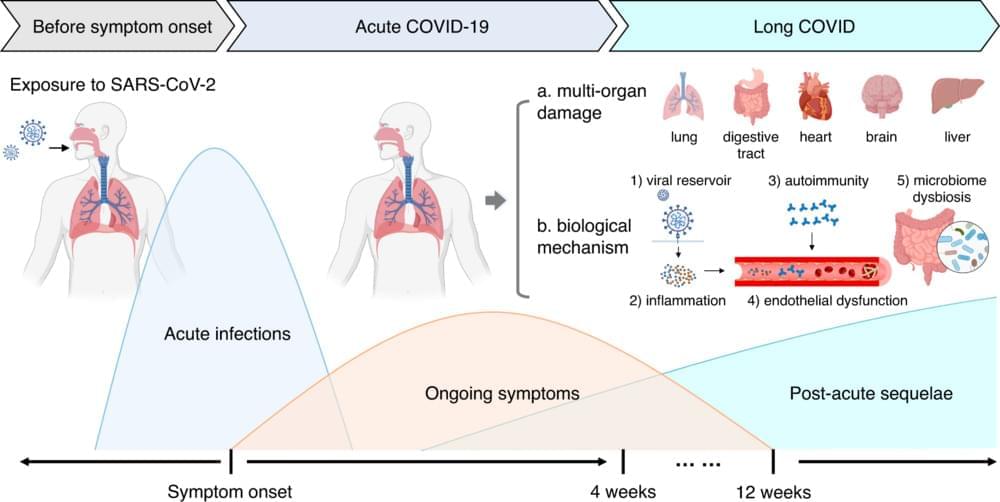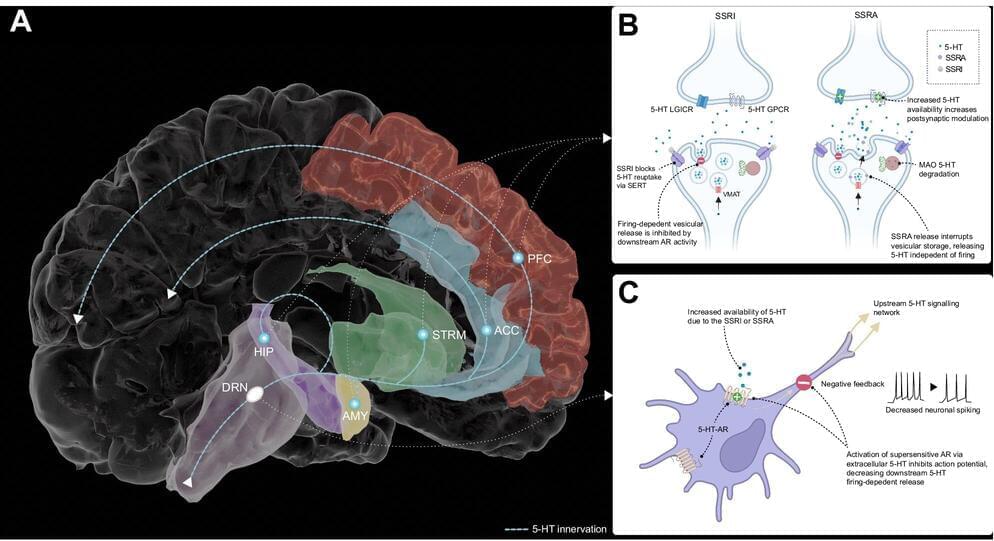Microsoft patches critical flaws in Azure Health Bot Service that could expose patient data. Researchers detail vulnerabilities and their potential im.




Columbia researchers discovered that bacteria can create free-floating, temporary genes outside their chromosomes, challenging the long-held belief that all genetic instructions are contained within the genome. This finding opens the possibility that similar genes could exist in humans, potentially revolutionizing our understanding of genetics and gene editing.
Since the genetic code was first deciphered in the 1960s, our genes have appeared like an open book. By interpreting our chromosomes as linear sequences of letters, akin to sentences in a novel, we can identify the genes within our genome and understand how changes in a gene’s code influence health.
This linear rule of life was thought to govern all forms of life—from humans down to bacteria.
In this interview, hosted by Nicolás Cherñavsky, Nir Barzilai and Brad Stanfield discuss metformin, whether or not to use it in non-diabetic patients to slow aging, and the TAME trial.
Nir Barzilai is president of the Academy of Health and Lifespan Research (https://www.ahlresearch.org/), and Brad Stanfield is a primary care physician in Auckland (New Zealand) and runs a YouTube channel (/ @drbradstanfield) with around 250,000 subscribers to explore the latest research and preventive care guidelines.
Host: Nicolás Cherñavsky.
Production: Nicolás Cherñavsky and Nina Torres Zanvettor.
Editing: Nina Torres Zanvettor.
Revision and subtitling: Nicolás Cherñavsky.
============================================================
Notes:
TAME trial website: https://www.afar.org/tame-trial.
Diabetes Prevention Program Outcomes Study (DPPOS): https://repository.niddk.nih.gov/stud…
UK metformin vs sulfonylurea trial on type 2 diabetics: https://www.cmajopen.ca/content/2/3/E162
The New England Journal of Medicine paper on metformin treatment in Covid-19 patients: https://www.nejm.org/doi/full/10.1056…
Lancet paper on metformin treatment in Covid-19 patients: https://www.thelancet.com/journals/la…
Andre Scott’s paper on the cost-effectiveness of treating aging: https://www.nature.com/articles/s4358…
Medical guidelines database mentioned by Brad Stanfield: https://uptodate.com.
============================================================
Heales website (Healthy Life Extension Society): https://heales.org/
Contact e-mail: [email protected].

In a new study, a molecule identified and synthesized by UCLA Health researchers was shown to restore cognitive functions in mice with symptoms of Alzheimer’s disease by effectively jumpstarting the brain’s memory circuitry.
If proven to have similar effects in humans, the candidate compound would be novel among Alzheimer’s disease treatments in its ability to revitalize memory and cognition, study authors said.
There is really nothing like this on the market or experimentally that has been shown to do this.


This new titanium heart has a mag lev inside to spin continuously and pump at the same rate as a normal heart.
Heart failure is a global epidemic affecting at least 26 million people worldwide, 6.2 million adults in the U.S., and is increasing in prevalence. Heart transplantations are reserved for those with severe heart failure and are limited to fewer than 6,000 procedures per year globally.
Consequently, the U.S. National Institutes of Health estimated that up to 100,000 patients could immediately benefit from mechanical circulatory support (MCS), and the European market is similarly sized. Without intervention, patients with severe HF have a bleak outlook. For these patients, drug therapy is a limited, relatively ineffective option. Although a heart transplant would meet their needs, only 6,000 donor hearts are available globally each year.
Implantation of a Total Artificial Heart (TAH) is a treatment option for patients with end-stage biventricular HF who need support while on a heart transplant waiting list. Removal of the native ventricles allows the device to completely replace the function of the native heart.

Since 2020, the condition known as long COVID-19 has become a widespread disability affecting the health and quality of life of millions of people across the globe and costing economies billions of dollars in reduced productivity of employees and an overall drop in the work force.
The intense scientific effort that long COVID sparked has resulted in more than 24,000 scientific publications, making it the most researched health condition in any four years of recorded human history.
Long COVID is a term that describes the constellation of long-term health effects caused by infection with the SARS-CoV-2 virus. These range from persistent respiratory symptoms, such as shortness of breath, to debilitating fatigue or brain fog that limits people’s ability to work, and conditions such as heart failure and diabetes, which are known to last a lifetime.

According to the World Health Organization, antibiotic resistance is a top public health risk that was responsible for 1.27 million deaths across the globe in 2019. When repeatedly exposed to antibiotics, bacteria rapidly learn to adapt their genes to counteract the drugs—and share the genetic tweaks with their peers—rendering the drugs ineffective.
Superpowered bacteria also torpedo medical procedures—surgery, chemotherapy, C-sections—adding risk to life-saving therapies. With antibiotic resistance on the rise, there are very few new drugs in development. While studies in petri dishes have zeroed in on potent candidates, some of these also harm the body’s cells, leading to severe side effects.
What if there’s a way to retain their bacteria-fighting ability, but with fewer side effects? This month, researchers used AI to reengineer a toxic antibiotic. They made thousands of variants and screened for the ones that maintained their bug-killing abilities without harming human cells.

Increasing serotonin can change how people learn from negative information, as well as improving how they respond to it, according to a new study published in the journal Nature Communications.
The study by scientists at the University of Oxford’s Department of Psychiatry and the National Institute of Health and Care Research (NIHR) Oxford Health Biomedical Research Center (OH BRC) found people with increased serotonin levels had reduced sensitivity to punishing outcomes (for example, losing money in a game) without significantly affecting sensitivity to rewarding ones (winning money).
The study involved 26 participants who were given the drug to increase serotonin, with a further 27 in a control group, who were asked to do a series of tasks measuring learning and behavioral control. State-of-the-art models were then used to understand participant behavior.